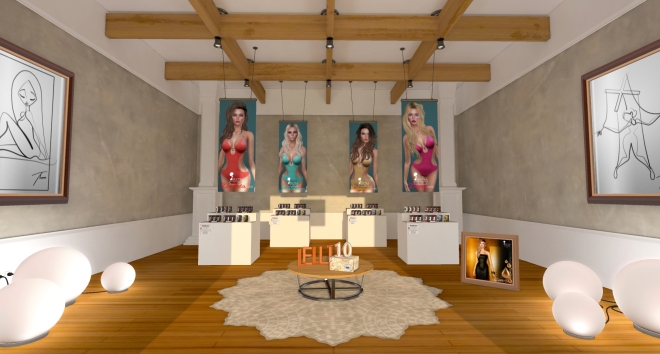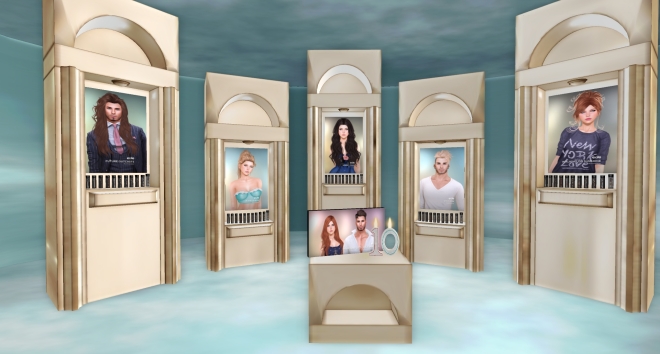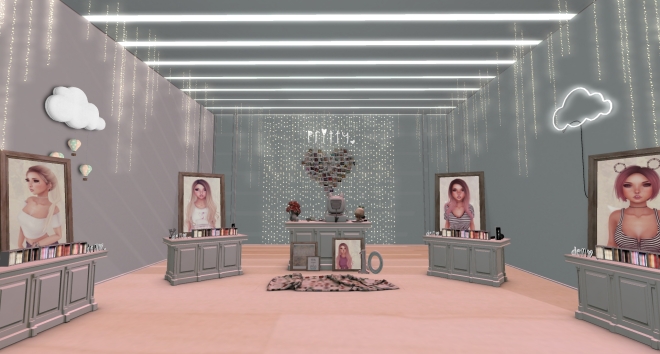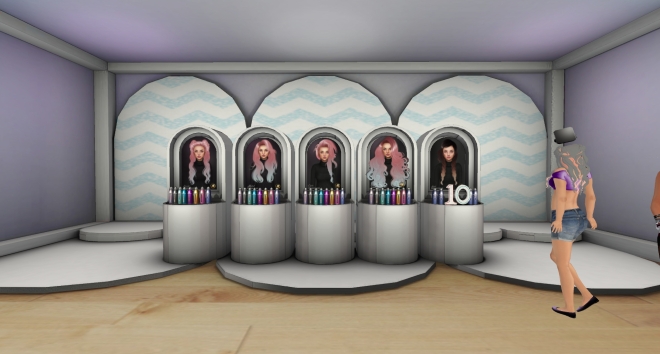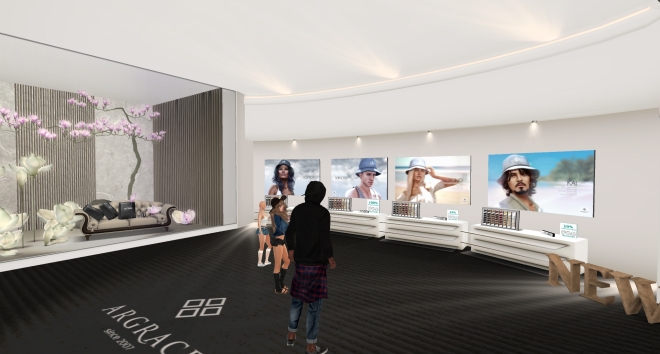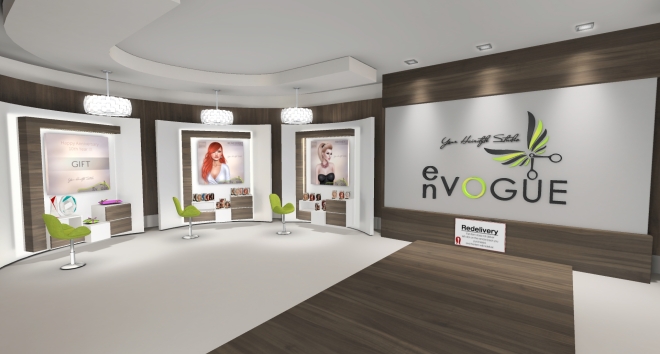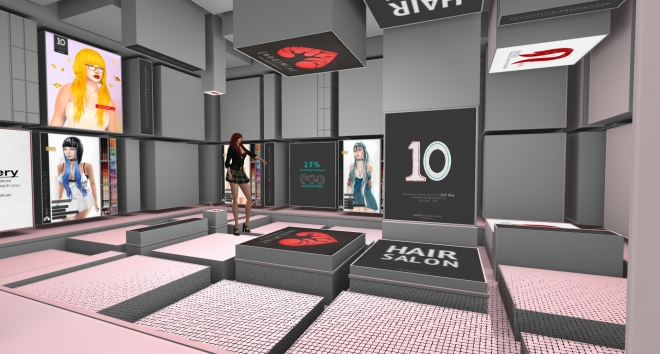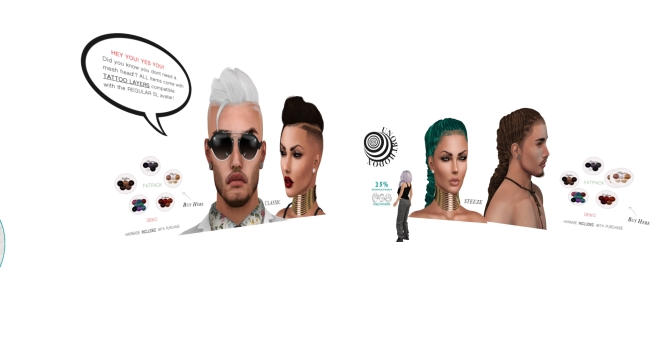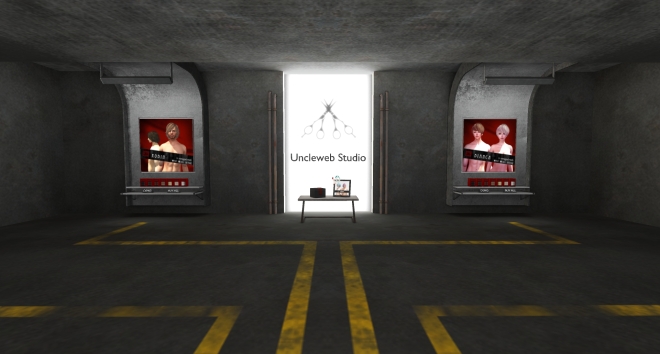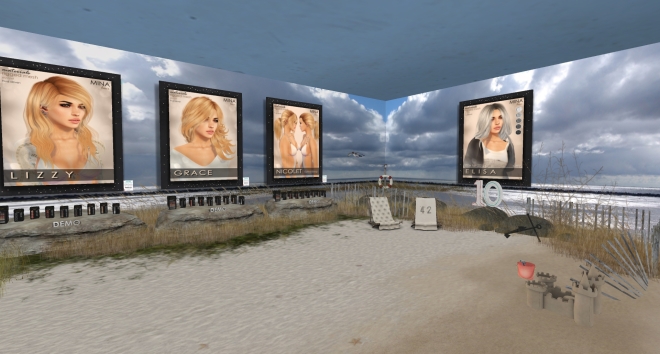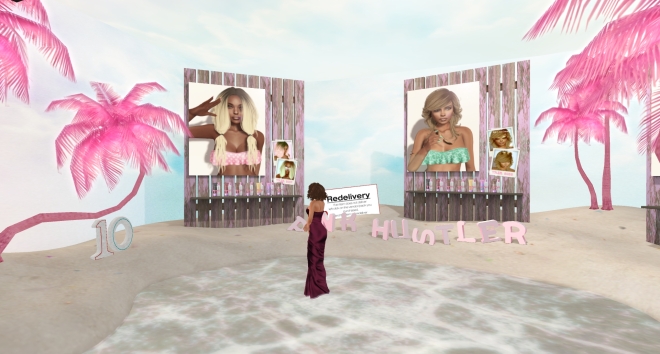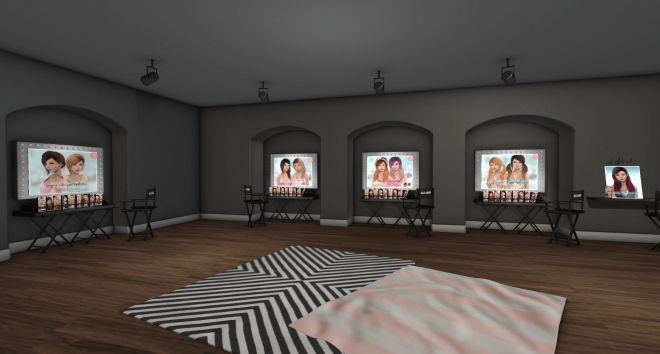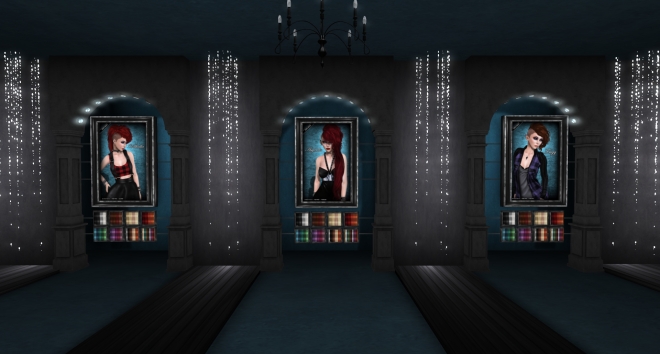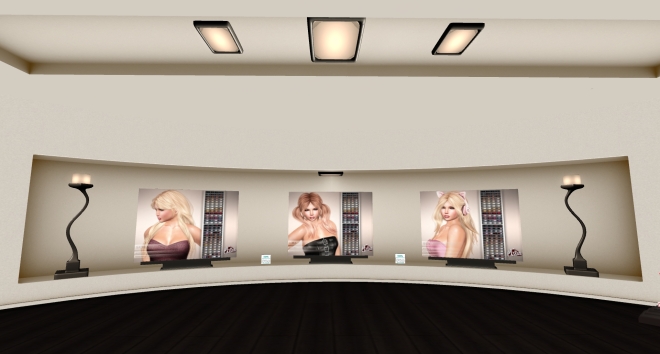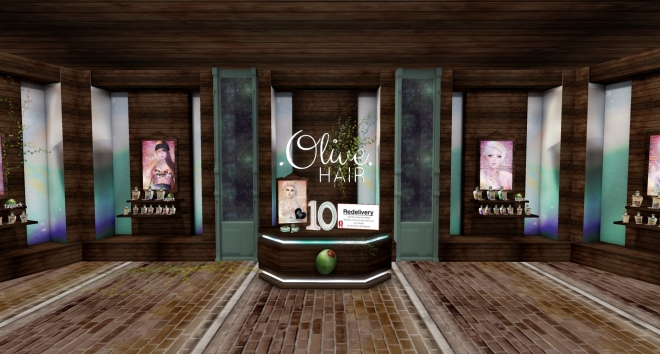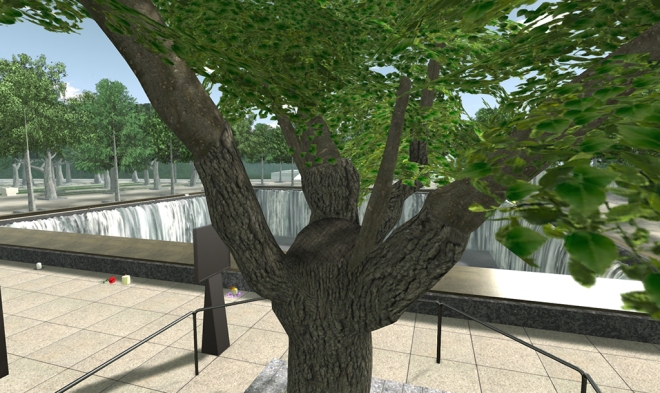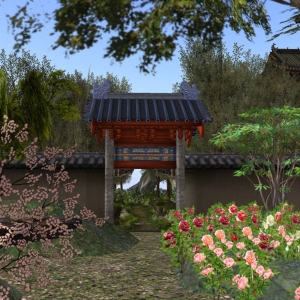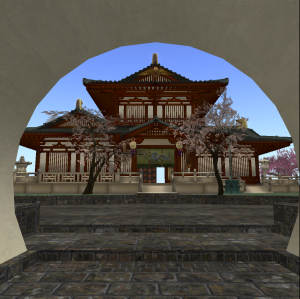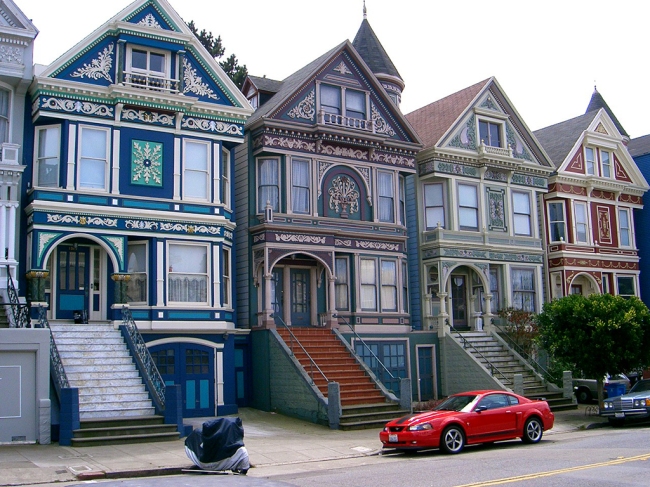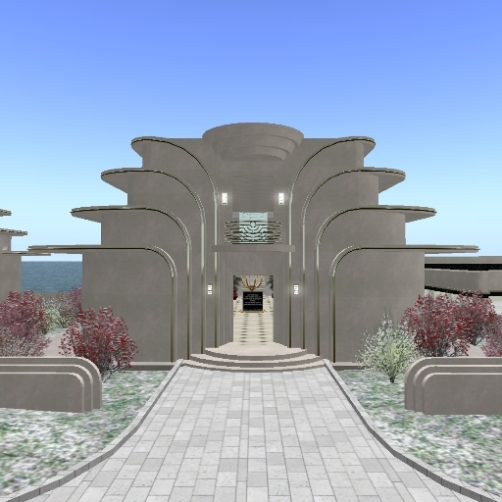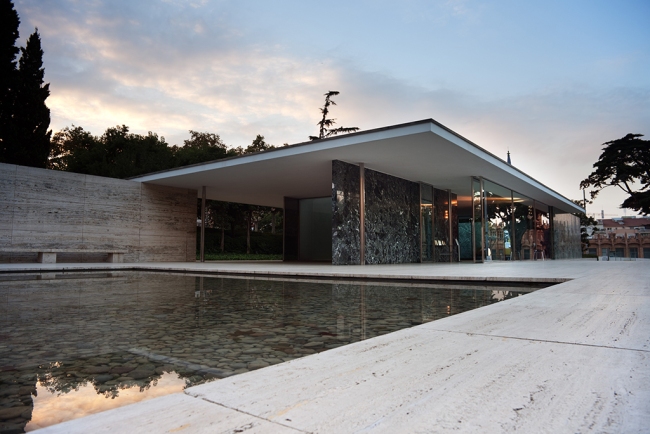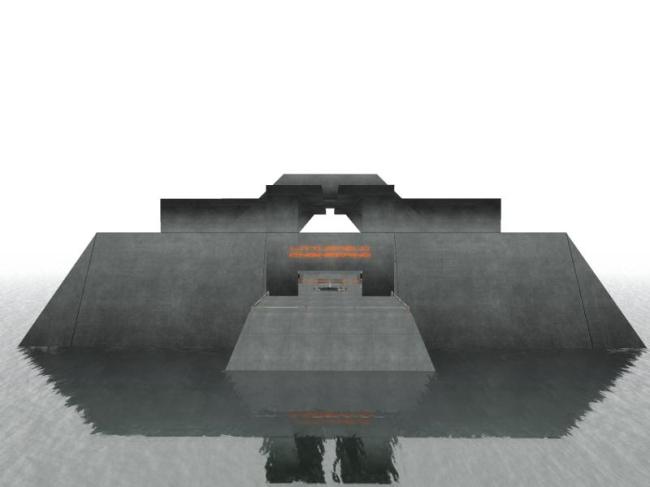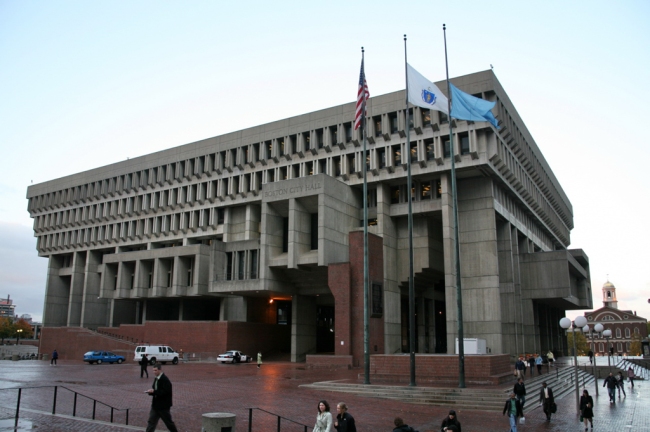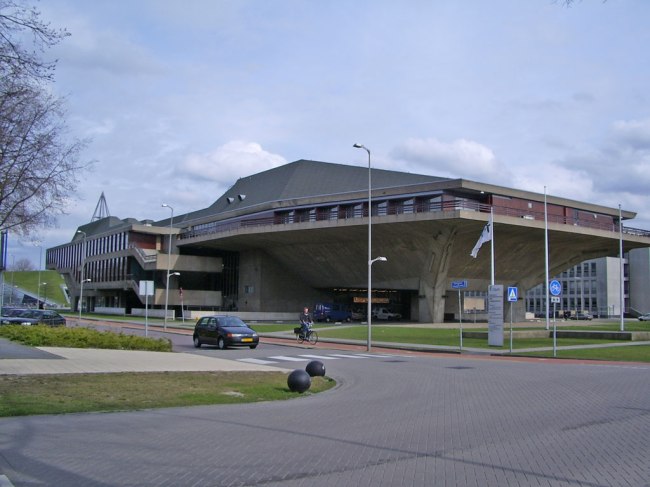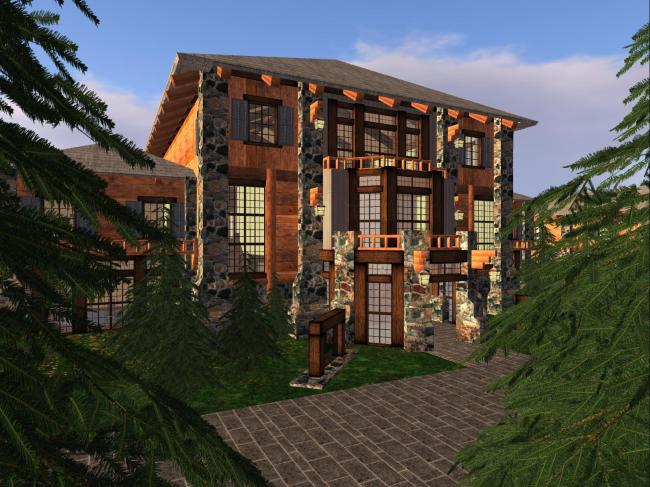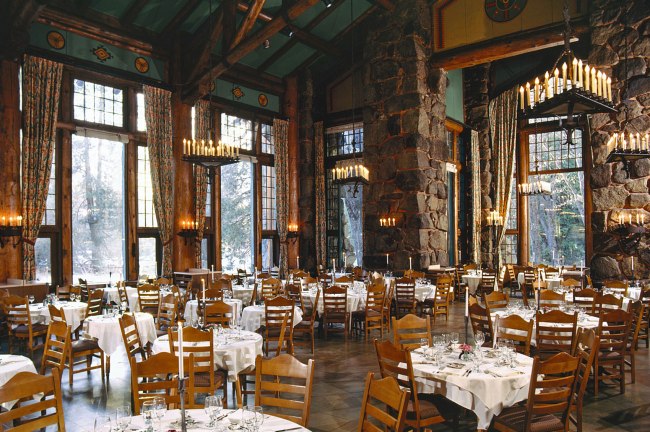I am a big fan of the hit TV series “Vikings,” which chronicles the exploits of legendary 9th century Norse hero Ragnar Lothbrok.

There is a lot to like: complex characters, sweeping cinematography, gripping plot lines, and a fascinating—sometimes terrifying—glimpse into an ancient culture.
Vikings “lived large.” They did not shun violence and brutality, but they loved as fiercely as they fought, boasted of their battles, cherished their families, thirsted for adventure, honored their gods and embraced expansive joy over and above guilt. They raided and plundered from England to Rome, taking what they wanted to take, dealing violence to anyone who stood in their way. The haunting “Vikings” theme song says it all: “Give me more, give me more, give me more.”
How different from our own morality! Or… is it?
We espouse noble values of peace, respect for others, diplomacy and moderation. But sometimes I wonder how deep those convictions really go. If you scratch the veneer of our so-called “civilized” world, does our inner barbarian still lurk beneath?
Imagine if you travel to another town, and see something you really like, for example a shiny new car. You want it. You fantasize about owning it. Your civilized self would go home, earn the money, and buy one. But your inner Viking, if empowered by strength, would simply take the car that you see. You feel entitled. Because you want it. Because you can.
In the real world, most of us would not simply take someone’s car. Most of us choose to live within the law, and respect the mutual agreements that constitute civilization.
But the virtual world, for some reason, seems to be different. In the virtual world, the inner Viking is unleashed.
Grid raiders hop from grid to grid, like 21st century Vikings, and feel entitled to take whatever they see. Because they want it. Because they can. Buildings, landscaping, clothing, hair, furnishings, vehicles, whatever.
Sometimes they make a ridiculous attempt to disguise their hypergrid plunder by giving it away and calling it a “freebie.” As if that fools anyone.
If you are a virtual Viking, at least have the courage to admit it. Vikings valued truth and honesty, along with strength and courage.
Personally, I choose not to unleash my own inner Viking. I will never take any so-called “freebies” from other grids because I know how often those freebies are plunder—the hard work of an artist who did not consent for it to be stolen and given away. But that is my choice. I can’t control what morality others choose.
In the end, who wins? It’s hard to say. I like to think that the consequence of respecting creativity is to create an environment that encourages more creativity, which benefits all of us.
Even so, it is worth looking at history. Ragnar Lothbrok and his raiders plundered England, taking as much treasure as they could, but 250 years after the events chronicled in “Vikings,” one of their descendants simply took the whole island. In 1066, William the Conqueror, the great-great-great-grandson of one of those same 9th century Viking raiders, invaded England and became its king. The present day British royal family, those figureheads of civilized values, are in fact direct descendants of the barbarian raiders who plundered Lindisfarne in 793 AD.
Is it possible that civilized values are not the opposite of barbarian values, but only a mask, a disguise? Is it deceptive, allowing us to deny the existence of our inner Viking? Or is it a way to protect ourselves, and others, from its power? How do we come to terms with the conflict between these aspects of our nature?
If grid raiders continue to be Vikings, taking what they want to take because they want it and because they can, without guilt or respect for law, will we be better off? Or worse? I don’t know. I can’t say what the ultimate outcome will be, or should be. For myself, for now, I choose to continue to let my watchword be respect.
And I’ll just watch Vikings on TV.
.



